Zohreh HajiAkhondi-Meybodi
ViT-CAT: Parallel Vision Transformers with Cross Attention Fusion for Popularity Prediction in MEC Networks
Oct 27, 2022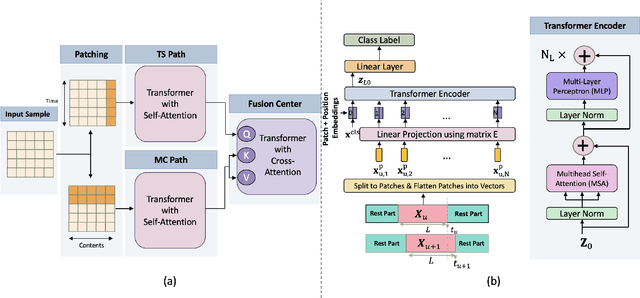
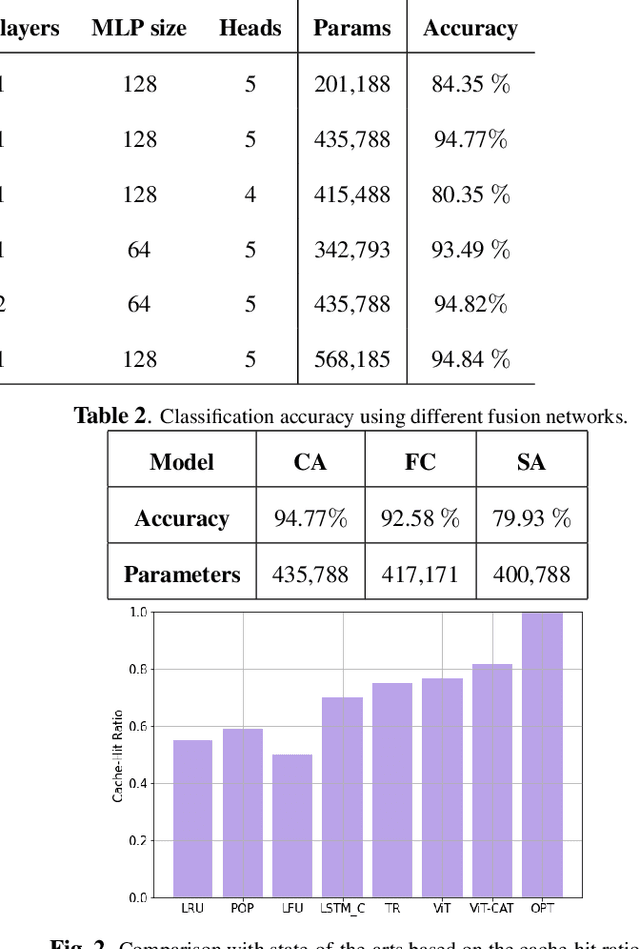
Abstract:Mobile Edge Caching (MEC) is a revolutionary technology for the Sixth Generation (6G) of wireless networks with the promise to significantly reduce users' latency via offering storage capacities at the edge of the network. The efficiency of the MEC network, however, critically depends on its ability to dynamically predict/update the storage of caching nodes with the top-K popular contents. Conventional statistical caching schemes are not robust to the time-variant nature of the underlying pattern of content requests, resulting in a surge of interest in using Deep Neural Networks (DNNs) for time-series popularity prediction in MEC networks. However, existing DNN models within the context of MEC fail to simultaneously capture both temporal correlations of historical request patterns and the dependencies between multiple contents. This necessitates an urgent quest to develop and design a new and innovative popularity prediction architecture to tackle this critical challenge. The paper addresses this gap by proposing a novel hybrid caching framework based on the attention mechanism. Referred to as the parallel Vision Transformers with Cross Attention (ViT-CAT) Fusion, the proposed architecture consists of two parallel ViT networks, one for collecting temporal correlation, and the other for capturing dependencies between different contents. Followed by a Cross Attention (CA) module as the Fusion Center (FC), the proposed ViT-CAT is capable of learning the mutual information between temporal and spatial correlations, as well, resulting in improving the classification accuracy, and decreasing the model's complexity about 8 times. Based on the simulation results, the proposed ViT-CAT architecture outperforms its counterparts across the classification accuracy, complexity, and cache-hit ratio.
Multi-Content Time-Series Popularity Prediction with Multiple-Model Transformers in MEC Networks
Oct 12, 2022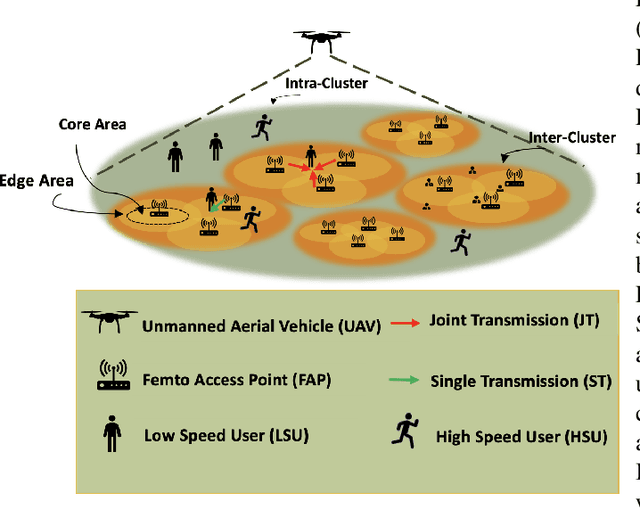
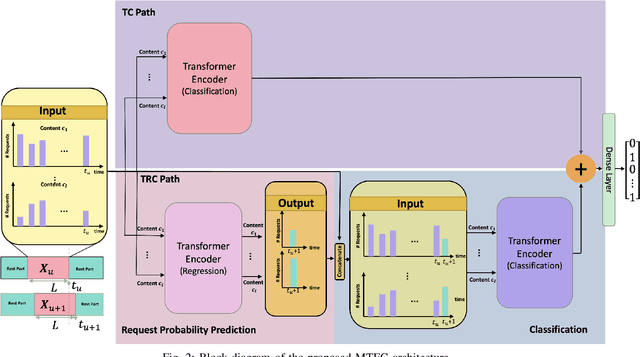
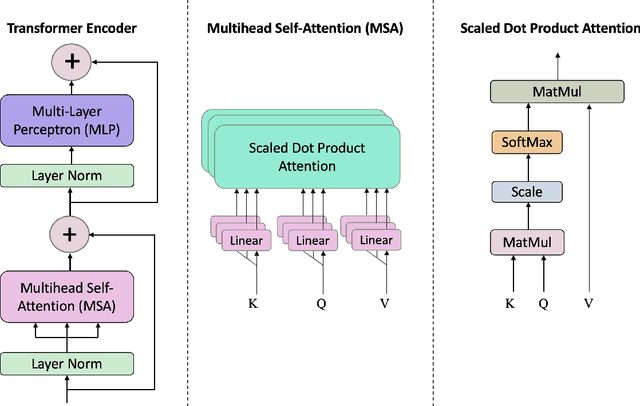
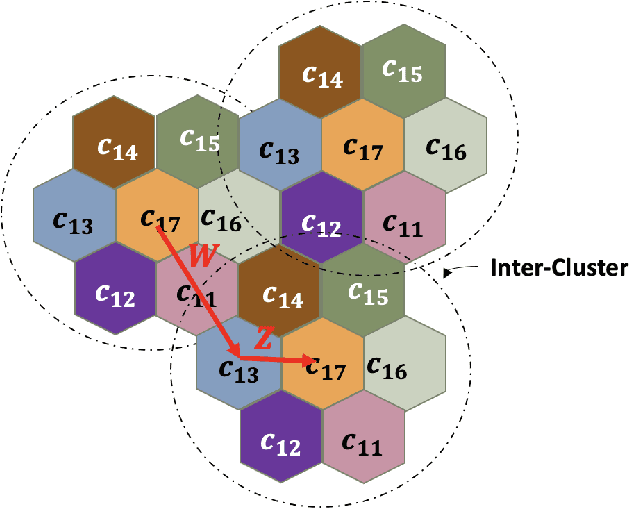
Abstract:Coded/uncoded content placement in Mobile Edge Caching (MEC) has evolved as an efficient solution to meet the significant growth of global mobile data traffic by boosting the content diversity in the storage of caching nodes. To meet the dynamic nature of the historical request pattern of multimedia contents, the main focus of recent researches has been shifted to develop data-driven and real-time caching schemes. In this regard and with the assumption that users' preferences remain unchanged over a short horizon, the Top-K popular contents are identified as the output of the learning model. Most existing datadriven popularity prediction models, however, are not suitable for the coded/uncoded content placement frameworks. On the one hand, in coded/uncoded content placement, in addition to classifying contents into two groups, i.e., popular and nonpopular, the probability of content request is required to identify which content should be stored partially/completely, where this information is not provided by existing data-driven popularity prediction models. On the other hand, the assumption that users' preferences remain unchanged over a short horizon only works for content with a smooth request pattern. To tackle these challenges, we develop a Multiple-model (hybrid) Transformer-based Edge Caching (MTEC) framework with higher generalization ability, suitable for various types of content with different time-varying behavior, that can be adapted with coded/uncoded content placement frameworks. Simulation results corroborate the effectiveness of the proposed MTEC caching framework in comparison to its counterparts in terms of the cache-hit ratio, classification accuracy, and the transferred byte volume.
Joint Transmission Scheme and Coded Content Placement in Cluster-centric UAV-aided Cellular Networks
Jan 28, 2021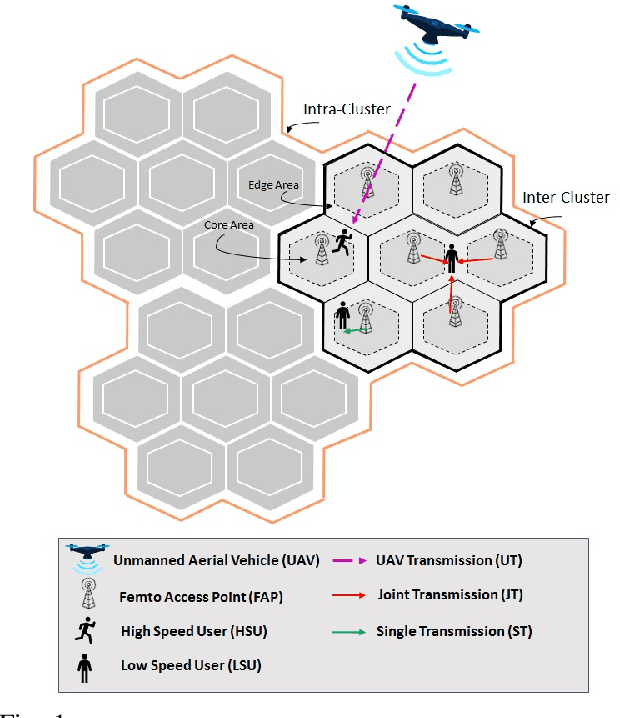
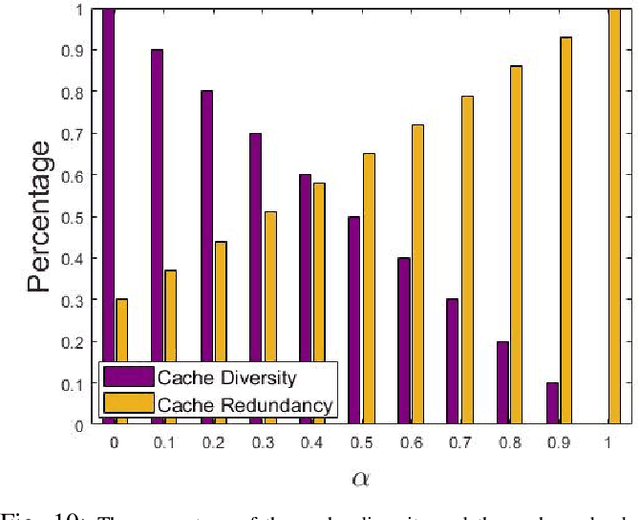
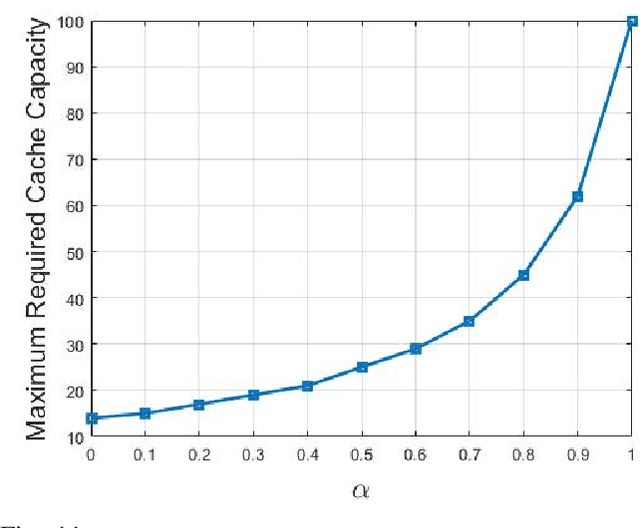
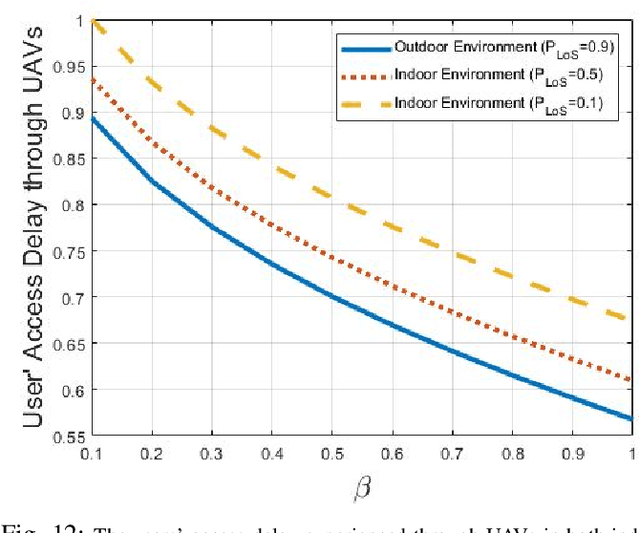
Abstract:Recently, as a consequence of the COVID-19 pandemic, dependence on telecommunication for remote learning/working and telemedicine has significantly increased. In this context, preserving high Quality of Service (QoS) and maintaining low latency communication are of paramount importance. Development of an Unmanned Aerial Vehicles (UAV)-aided heterogeneous cellular network is a promising solution to satisfy the aforementioned requirements. There are, however, key challenges ahead, on the one hand, it is challenging to optimally increase content diversity in caching nodes to mitigate the network's traffic over the backhaul. On the other hand is the challenge of attenuated UAVs' signal in indoor environments, which increases users' access delay and UAVs' energy consumption. To address these challenges, we incorporate UAVs, as mobile caching nodes, together with Femto Access points (FAPs) to increase the network's coverage in both indoor and outdoor environments. Referred to as the Cluster-centric and Coded UAV-aided Femtocaching (CCUF) framework, a two-phase clustering framework is proposed for optimal FAPs' formation and UAVs' deployment. The proposed CCUF leads to an increase in the cache diversity, a reduction in the users' access delay, and significant reduction in UAVs' energy consumption. To mitigate the inter-cell interference in edge areas, the Coordinated Multi-Point (CoMP) approach is integrated within the CCUF framework. In contrary to existing works, we analytically compute the optimal number of FAPs in each cluster to increase the cache-hit probability of coded content placement. Furthermore, the optimal number of coded contents to be stored in each caching node is computed to increase the cache-hit-ratio, Signal-to-Interference-plus-Noise Ratio (SINR), and cache diversity and decrease the users' access delay and cache redundancy for different content popularity profiles.
 Add to Chrome
Add to Chrome Add to Firefox
Add to Firefox Add to Edge
Add to Edge